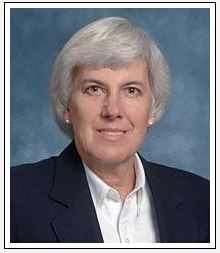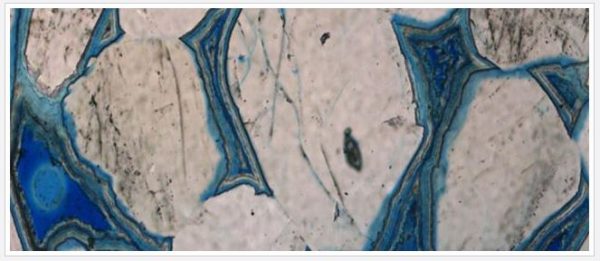 Authigenic Quartz: The Good, The Bad and The Ugly: Developing a Model for Preserving Porosity in Deep, Hot Sandstone Reservoirs
Authigenic Quartz: The Good, The Bad and The Ugly: Developing a Model for Preserving Porosity in Deep, Hot Sandstone Reservoirs
Marsha French
Colorado School of Mines
AAPG Distinguished Lecturer
Thursday, February 15th, 2018 – CSL 422, noon
Abstract
Authigenic quartz overgrowths are the most common pore-occluding mineral in deeply buried (>2500 m) quartzose sandstones. But, deeply buried reservoirs of this kind in the North Sea contain more porosity than expected when the influence of authigenic microcrystalline quartz (microquartz, or the good quartz) is ignored. However, we know relatively little about the nature and origin of this porosity-preserving microquartz, which inhibits the bad and ugly quartz overgrowths from growing and occluding pores. Therefore, advanced analytical techniques have been utilized to improve our understanding of the controls on microquartz development in several examples where porosity is preserved in these and similar sandstone reservoirs.
 In this study, several advanced analytical techniques were used to evaluate the crystallographic and compositional controls on the formation of microquartz. SEM/Cathodoluminescence (CL) confirms that (bad and ugly) quartz overgrowths have a complex growth history. Electron Backscatter Diffraction (EBSD) combined with Wavelength Dispersive Spectrometry (WDS) confirmed and elaborated on the complex growth history: the complex banding visible in CL is not due to changes in crystallographic orientation but more likely variations in quartz composition associated with changes in pore fluid composition and/or reservoir conditions. Finally, Secondary Ion Mass Spectrometry (SIMS) analysis provides oxygen isotope data providing insight into those initial reservoir conditions and temperature of formation of microcrystalline quartz.
In this study, several advanced analytical techniques were used to evaluate the crystallographic and compositional controls on the formation of microquartz. SEM/Cathodoluminescence (CL) confirms that (bad and ugly) quartz overgrowths have a complex growth history. Electron Backscatter Diffraction (EBSD) combined with Wavelength Dispersive Spectrometry (WDS) confirmed and elaborated on the complex growth history: the complex banding visible in CL is not due to changes in crystallographic orientation but more likely variations in quartz composition associated with changes in pore fluid composition and/or reservoir conditions. Finally, Secondary Ion Mass Spectrometry (SIMS) analysis provides oxygen isotope data providing insight into those initial reservoir conditions and temperature of formation of microcrystalline quartz.
Integrating the results from these advanced analytical techniques has developed an understanding of the processes controlling the formation of porosity-preserving microquartz and improved our ability to reconstruct the reservoir diagenetic history of microquartz growth leading to a proposed model for predicting porosity preservation in deep, hot sandstone reservoirs.